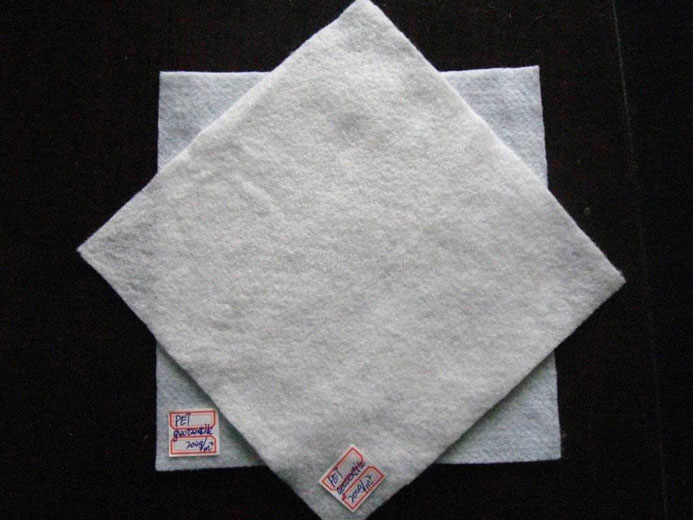Xincheng Nano analyzes the structural deformation of reinforced geotextile as reinforcement with you
Source:
|
Author:ahxcnm
|
Published time: 2024-09-12
|
76 Views
|
Share:
There are various types of reinforcement components for reinforced geotextiles, including metal strips, grid reinforcement, geogrids, and reinforced geotextiles. Reinforced geotextile structures using reinforced geotextiles as reinforcement components have their own characteristics: (1) Reinforced geotextiles deform greatly under load, (2) Reinforced geotextiles are flexible materials that can better coordinate with soil, and (3) Reinforced geotextiles have rough surfaces and large contact areas with soil layers, resulting in significant tensile forces. Due to the above factors, using reinforced geotextiles as reinforcement components in reinforced geotextile structures under load may cause significant deformation. This can lead to the use of reinforced soil structures and even cause damage. Therefore, it is important to analyze and study the deformation of reinforced soil structures reinforced with geotextiles in order to control it within a reasonable range.

There are various types of reinforcement components for reinforced geotextiles, including metal strips, grid reinforcement, geogrids, and reinforced geotextiles. Reinforced geotextile structures using reinforced geotextiles as reinforcement components have their own characteristics: (1) Reinforced geotextiles deform greatly under load, (2) Reinforced geotextiles are flexible materials that can better coordinate with soil, and (3) Reinforced geotextiles have rough surfaces and large contact areas with soil layers, resulting in significant tensile forces. Due to the above factors, using reinforced geotextiles as reinforcement components in reinforced geotextile structures under load may cause significant deformation. This can lead to the use of reinforced soil structures and even cause damage. Therefore, it is important to analyze and study the deformation of reinforced soil structures reinforced with geotextiles in order to control it within a reasonable range.
At present, several calculation theories for reinforced soil structures are not universal. Practical analysis methods based on retaining slope theory and equivalent additional stress method are used. It is believed that the reinforcement and soil work together through the friction on the contact surface, and only require sufficient force balance without considering the deformation coordination between the two. Due to the simplicity and feasibility of this method, the calculation results are also relatively conservative. It is widely used in the design of reinforced soil structures. The composite material theory converts the soil layer and reinforcement into a homogeneous material, calculates its composite stress and strain, and then calculates the stress and strain of the reinforcement and soil layer. This theory cannot reflect the nonlinear material properties of soil and contact interface, and ignores the possible relative displacement between soil layer and reinforcement. The planar finite element method discretizes the reinforced soil structure into a continuous system composed of soil layer, geotextile, and the contact interface between the two, and uses reasonable finite elements to simulate different parts. Considering the nonlinear characteristics of its constituent materials, it can better simulate the working performance of the structure.





